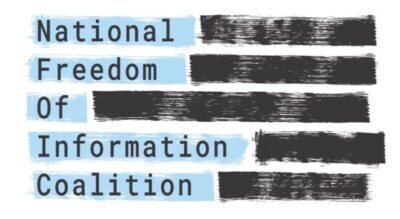Speaking in Texas the day before he was assassinated, President John F. Kennedy affirmed, “We seek a free flow of information … We are not afraid to entrust the American people with unpleasant facts, foreign ideas, alien philosophies, and competitive values. For a nation that is afraid to let its people judge the truth and falsehood in an open market is a nation that is afraid of its people.” One of the key assets to our democracy came with the internet and the ability to make government information widely available through any browser. However, not all information is readily available. The U.S. Constitution itself does not provide any public access rights to inspect or copy government records.
Even before the internet, journalists and others tried to make it easier to get information from government agencies. The dramatic growth of the federal government after World War II made it difficult for even Congress itself to get the information that it needed from the various government offices. Congress mounted a series of open government efforts after the war, resulting in the Administrative Procedure Act (APA) of 1946. The APA’s language was limited, giving broad discretion to agencies and permitting access only to “persons properly and directly concerned” with records; however, it was a start to providing a structure for a more comprehensive right of access.
In 1966, President Lyndon B. Johnson signed the Freedom of Information Act (FOIA) into law. FOIA is actually a revision of the earlier APA legislation. Since then, many amendments, acts, and executive orders have followed. Last year, Congress introduced a bill that is now known as the FOIA Oversight and Implementation Act of 2014. This law would allow for easier information requests and faster receipt. The impact and value this legislation would have are difficult to measure; however, it is widely seen as further eroding the existing roadblocks to accessing government information. Continue>>>
======
